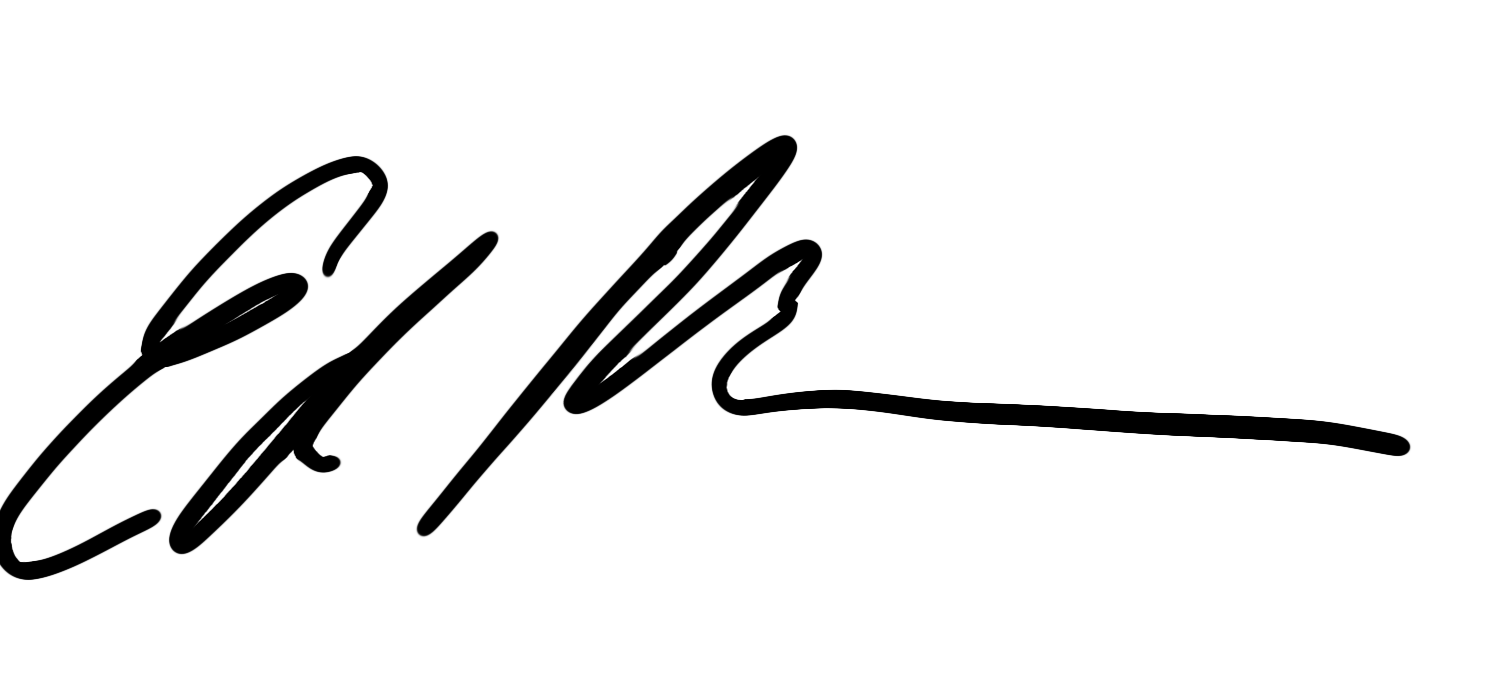Embracing the ethos of objective simplicity, Swiss Design stood as a beacon of creativity. It aimed for clarity, order, and a universally understood visual language, casting aside embellishments in favor of a clean aesthetic. Striving to eliminate the superfluous and highlight only the essential, Swiss designs became the embodiment of minimalism.
The International style took this pursuit a step further, delving into extreme abstraction with simple geometric shapes. Ironically, this abstraction could occasionally transcend meaning, transforming into mere ornamentation. The quest for visual order and organization naturally led to a reliance on typographic grids, providing a systematic approach to convey a clear message. Josef Müller-Brockmann takes the spotlight in Swiss design discussions, particularly for his groundbreaking work with grids.
In the realm of type, Swiss style favored sans-serif fonts, aligned flush left with a ragged right edge. The preferred typeface, Akzidenz Grotesk, was deemed functional without unnecessary stylization or political connotations. This typeface served as the prototype for Neue Haas Grotesk, later renamed Helvetica.
Swiss designers played with type size to amplify visual impact and signify information hierarchy. The varying scale controlled the flow and rhythm within their designs. Asymmetrically organized layouts, constructed on mathematical grids, became a hallmark. This asymmetry not only emphasized whitespace but also adhered to the overall minimal aesthetic. Swiss designers sought an asymmetrical balance between positive and negative elements in their designs.
Despite the emphasis on abstract geometric shapes, photography played a pivotal role in Swiss designs. Objective photography was considered an excellent means of communication, adding a layer of depth to the design philosophy.
